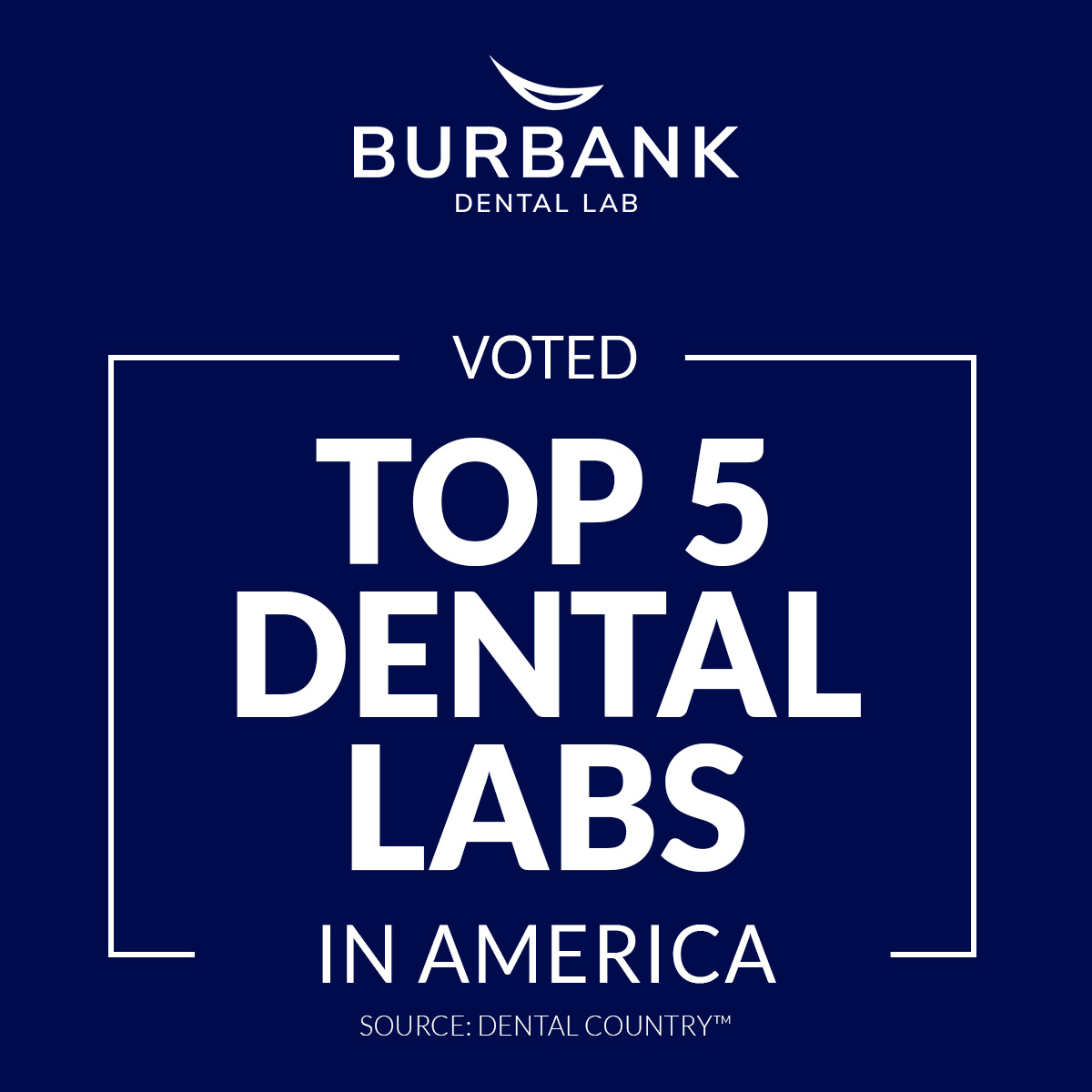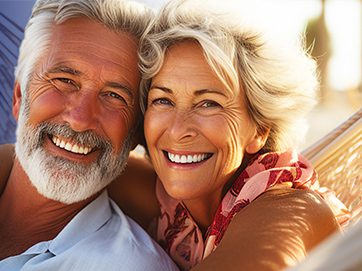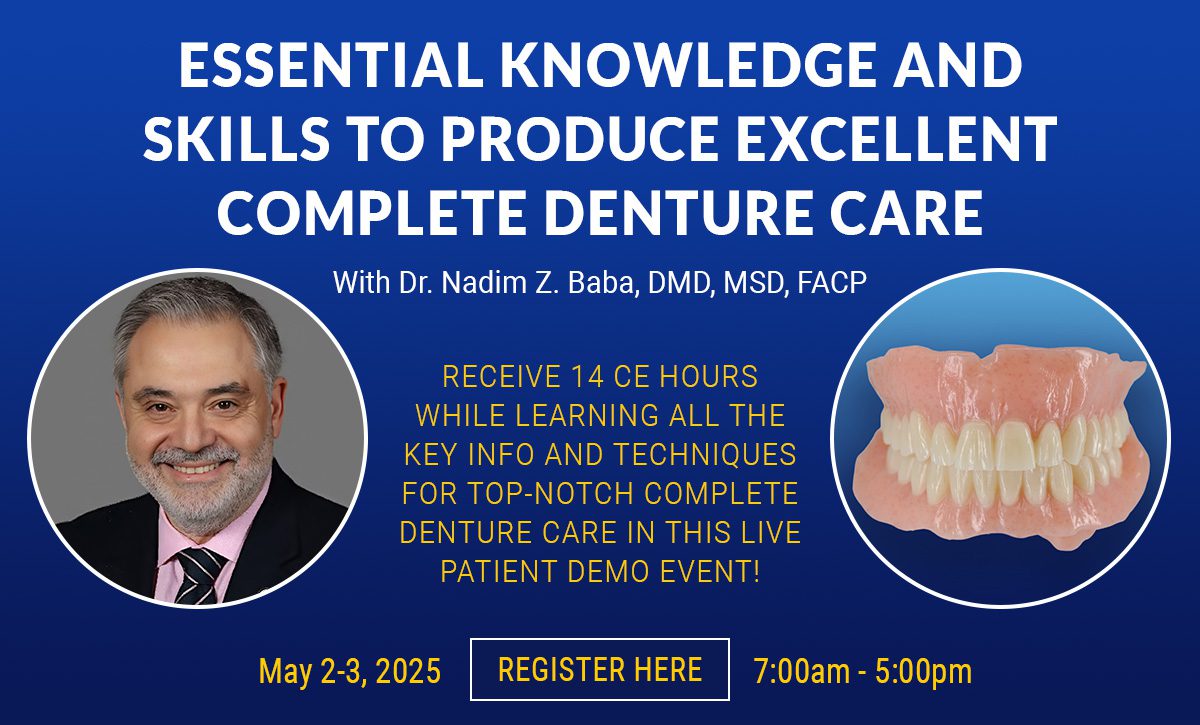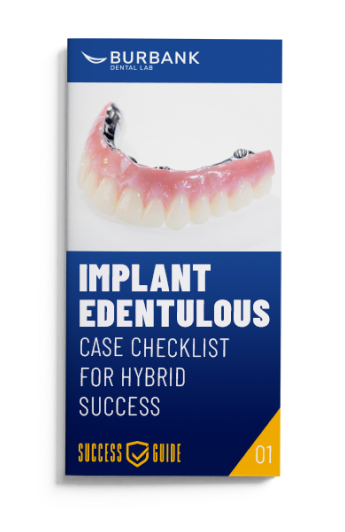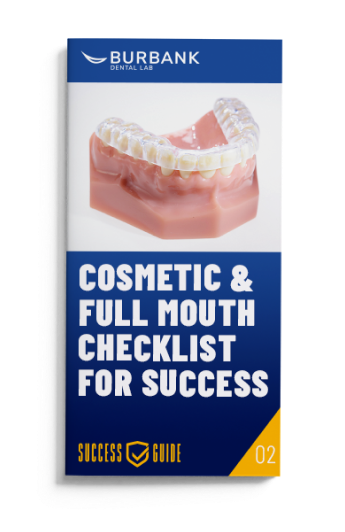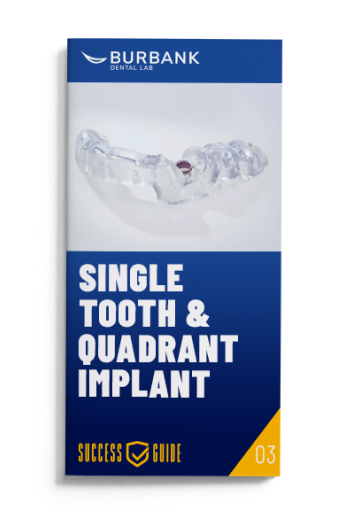Teeth experience gradual wear on the occlusal surfaces throughout life. This can be from erosion, abrasion, or attrition. Severe cases can result in worn, cracked, or broken dentition, compromising esthetics and poor function.
Ultimately, this can significantly impact a person’s quality of life and self-esteem. Full mouth rehabilitation offers a solution to people who want to improve their esthetics and restore their oral function.
Identifying the factors contributing to the wear and trauma found in the mouth is important. Once a proper diagnosis is achieved, a comprehensive treatment plan can be established. These types of cases can be a significant challenge, but are manageable with proper planning.
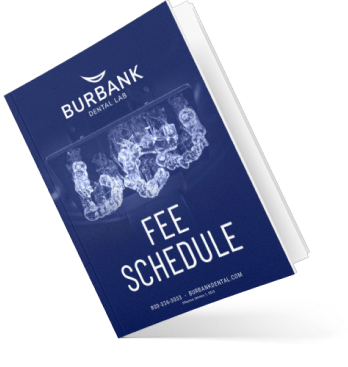
REQUEST THE BURBANK DENTAL LAB FEE SCHEDULE
REQUEST FEE SCHEDULE HERE
REQUEST FEE SCHEDULE
Patient Examination
We recently helped with the full-mouth rehabilitation of this patient, who was having issues chewing and wanted to correct the poor esthetics that his dysfunction had created. Upon examination, the teeth were worn, chipped, and broken down. There were missing teeth and an old amalgam restoration that needed to be replaced. The patient had lost vertical dimension, indicating the need for full-mouth rehabilitation.
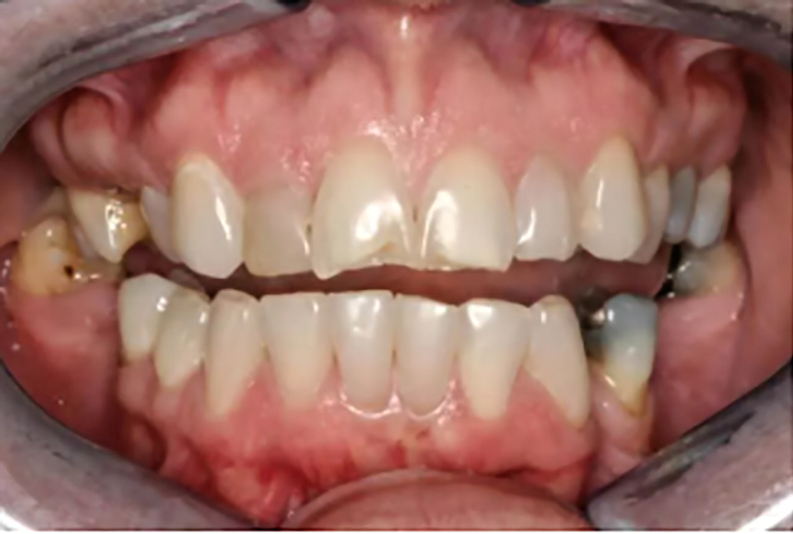
Diagnostics
The first step in completing a full mouth rehabilitation case is to complete a diagnostic wax-up. Impressions and bite records are needed to capture the patient’s existing situation. This information is used to mount and articulate the models correctly.
One of the most critical steps in ensuring the case is mounted accurately is to include a record of the horizontal plane and facial midline. One great and simple way to record this is using a Kois Dento-Facial Analyzer.
This device is simple to use. The necessary information is captured in registration material adhered to an index tray. This small tray is sent to the lab and used to mount the case. This tool significantly reduces the chance of errors concerning the horizontal and finding the facial midline. It essentially acts as a facebow and stick bite in one.
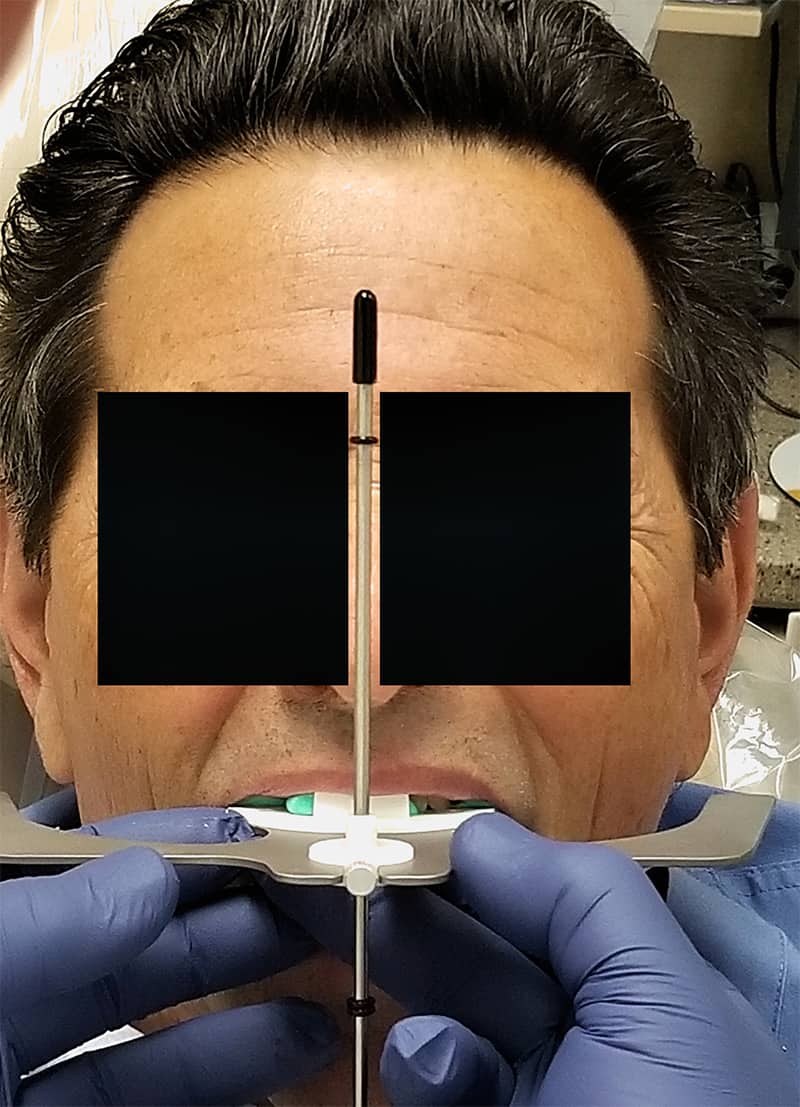
Next, photos should be sent as they provide crucial information to the dental lab that is vital to the overall success of the case. Photos will show the patient’s situation, including tooth position, periodontal issues, and occlusion.
The photos needed are as follows:
For this patient’s case, all the gathered data was then sent to the laboratory to begin the diagnostic wax-up. At this stage, the patient’s initial requests, the preliminary treatment discoveries, and the determination of whether or not to change the vertical dimension of occlusion were evaluated and built into the wax-up.
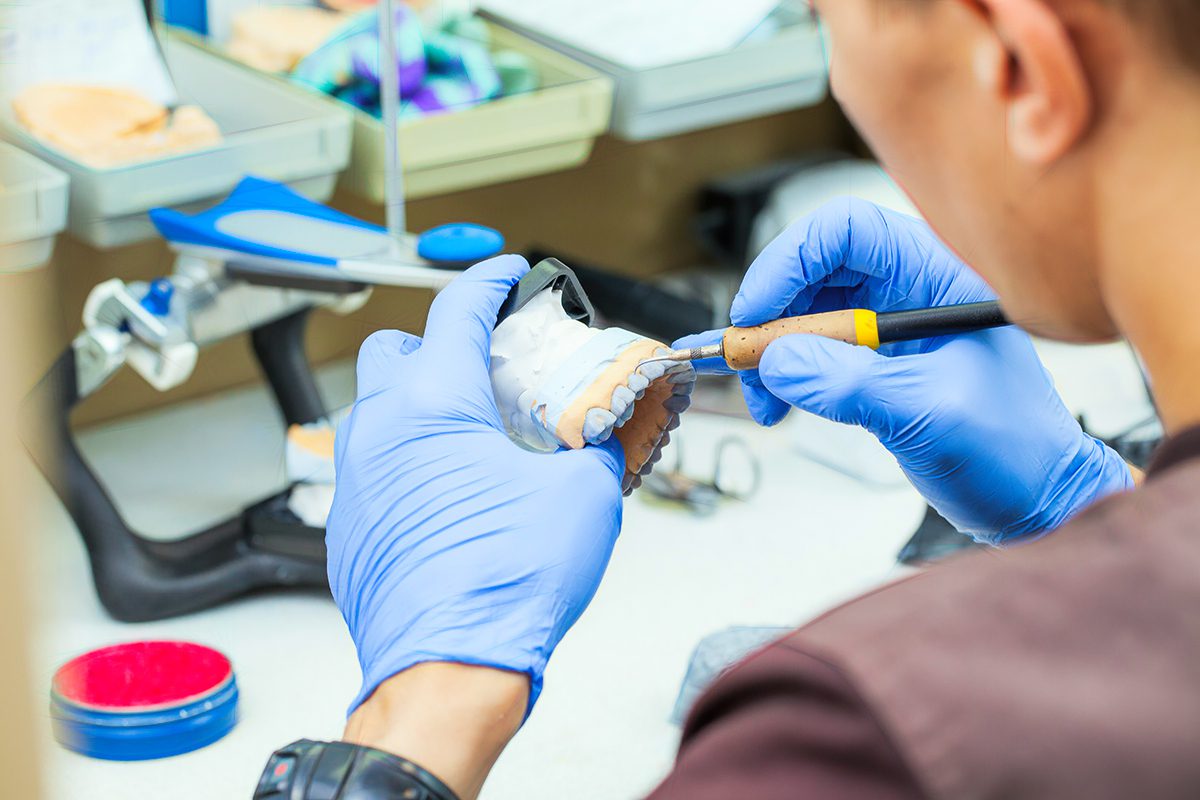
The completed wax-up was then returned to the doctor, who shared it with the patient along with the treatment plan details.
At this stage in a case, changes can be made to the wax-up if needed.
FREE TO DOWNLOAD – SUCCESS GUIDES
DOWNLOAD A GUIDE
Preparation
The case was then prepared in stages, with the maxillary teeth prepared first.
Final impressions were taken, along with bite records.
DuraTemp provisionals were created from the approved wax-up and examined to ensure a passive fit.
The occlusion and VDO were checked for accuracy.
The temporaries were worn for several days so that the patient could evaluate the shape, contours, tooth shade, and length. During this stage, the patient has the opportunity to make any changes that they want in the final restorations.
3 STEPS TO
PHOTOGRAMMETRY SCANNING
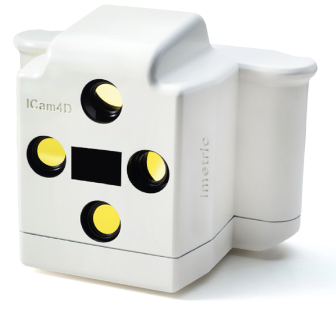
WE HELP YOU GET IT RIGHT
EVERY TIME
STEP 1
Burbank Dental Lab implant scan specialist provides the special scan bodies for insertion in the patient’s newly placed implant sites.
STEP 2
Scan Bodies are removed and special healing abutments are placed on the implant sites. Soft tissue can now be scanned with an intra-oral scanner.
STEP 3
The data from both scans are then sent to the dental lab. The ICam4d data and soft tissue scans are aligned to become a high-precision dental model.
ZIRMAX M
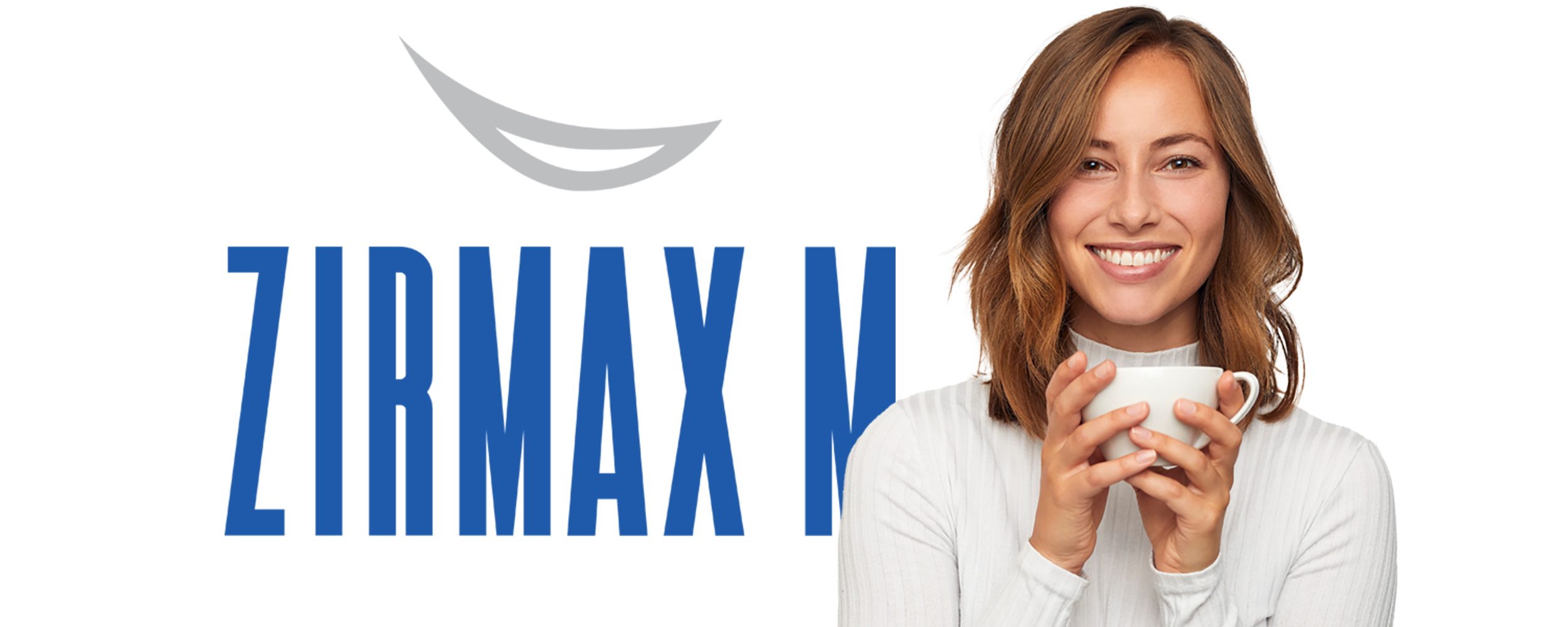
The fabrication of the final restorations could then begin. It was determined that this case would be done with both layered zirconia and monolithic zirconia.
The anterior restorations were fabricated using Burbank Dental Lab’s proprietary ZIRMAX layered material, and the posterior teeth would be restored using ZIRMAX M (monolithic restorations).
First, the anterior units were fabricated using ZIRMAX zirconia to fabricate an anatomical coping used as a substructure. This was then layered to mimic the internal structures of natural teeth. This was used on the patient’s maxillary and mandibular anterior teeth. Layered zirconia offers exceptional aesthetic results. Layering provides a more natural translucent result that works well when restoring the smile zone.
The rest of the restorations were fabricated using monolithic ZIRMAX M zirconia. Zirconia is the strongest material option on the market. ZIRMAX M has a flexural strength of 1200 MPA. In addition, it offers 25% more translucency than other types of zirconia materials. The translucency creates a more natural result and blends nicely with the layered zirconia restorations.
The ZIRMAX M brand of zirconia is a high-quality material that works well for dental crowns and bridges, including long-span bridges.
Before
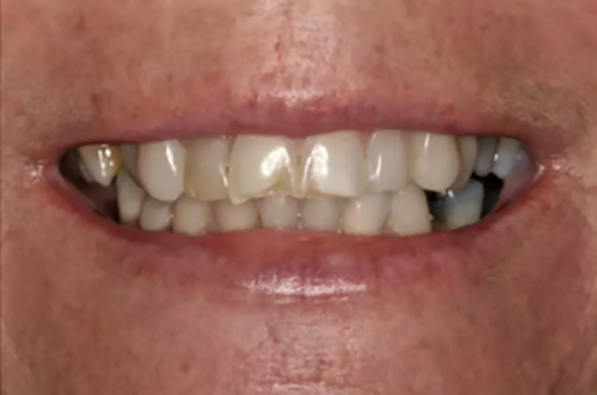
After
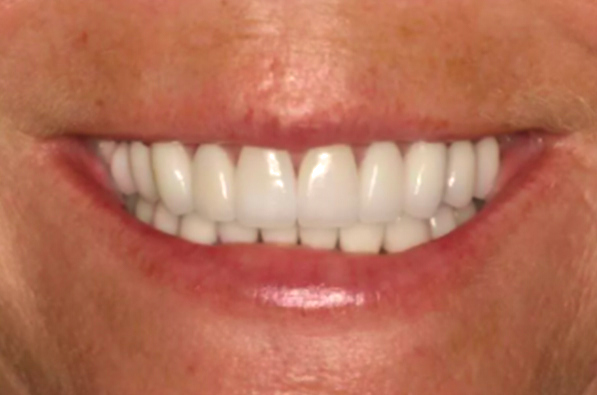
Also, this material can be used as high-strength substructures when layering is the best option for a specific case. One critical factor in choosing a zirconia material is its flexural strength. With over 1000 MPa, ZIRMAX M is one of the most durable monolithic zirconia options on the market. This strength helps create long-lasting dental restorations that resist fracture and breakage.
Also, ZIRMAX M offers 25% more translucency than other comparable high-strength materials. This translucency helps to create more natural and lifelike restorations.
The benefits of using ZIRMAX M are as follows:
This case was completed using a combination of 12 ZIRMAX layered restorations and 18 ZIRMAX M Monolithic restorations.
Full mouth rehabilitation can be challenging. Often, wear is present in these cases, and opening the vertical is necessary to achieve both aesthetic and functional expectations. The treatment plan is the key to ensuring the case is successful. Using the right material is also essential in meeting the necessary needs of the patient.
Burbank Dental Lab has restored countless complex cases and created a workflow that ensures it successfully meets patients’ needs.
Call today to learn more about how Burbank Dental Lab can help you with your next case.
